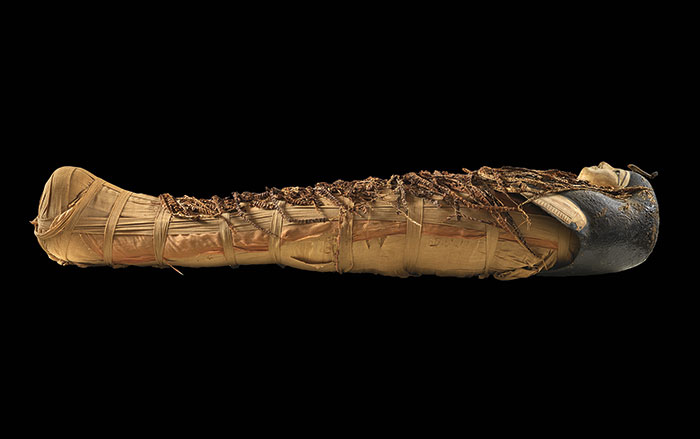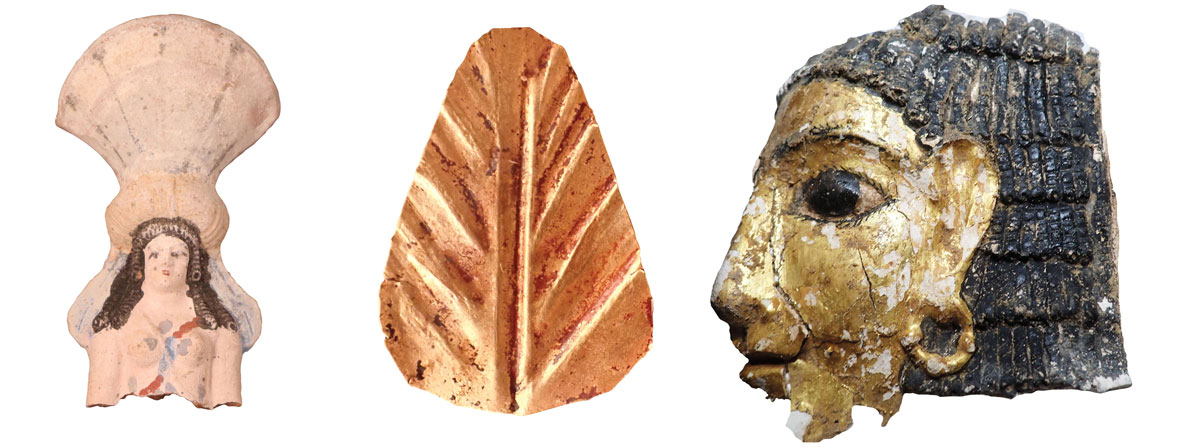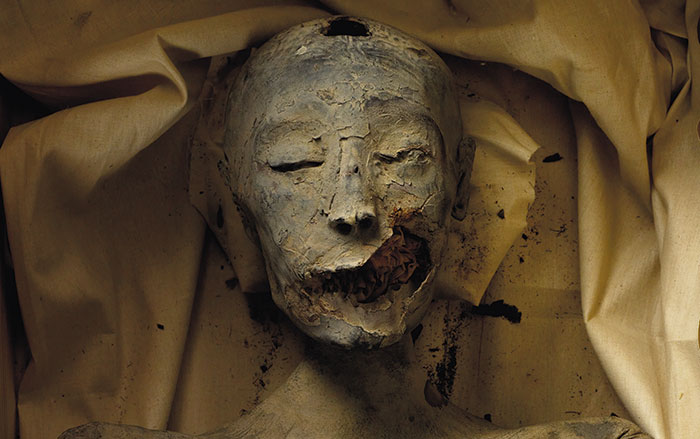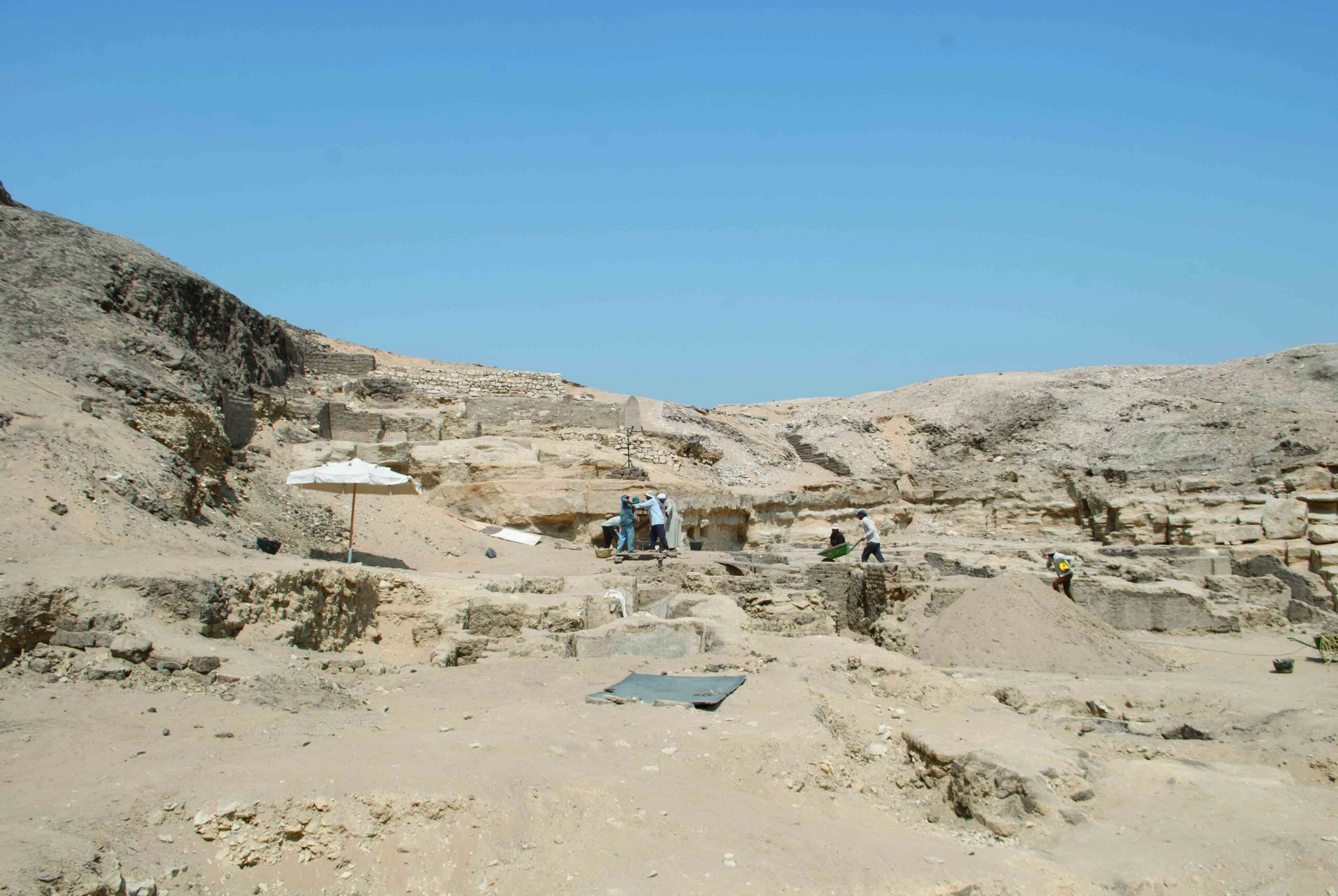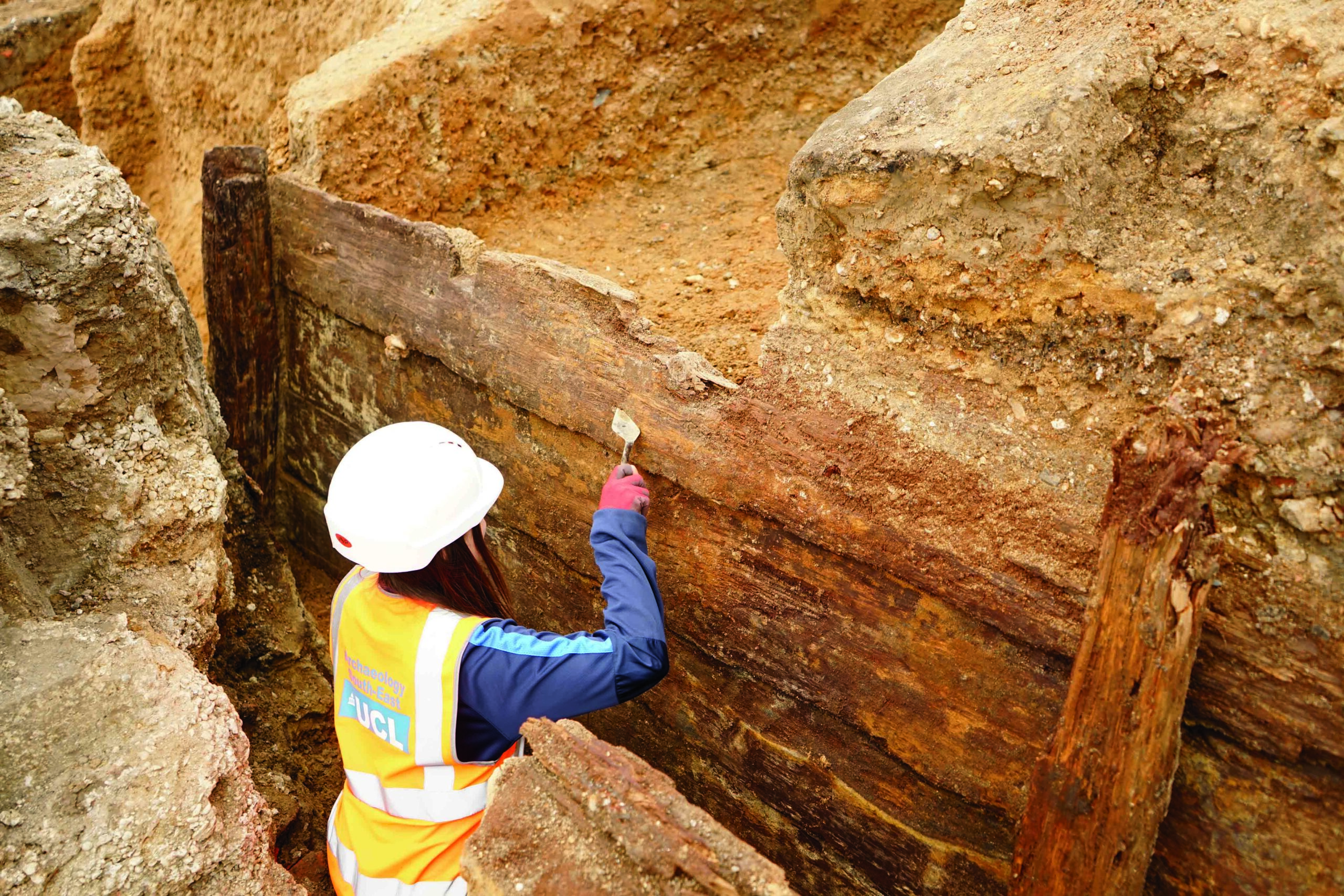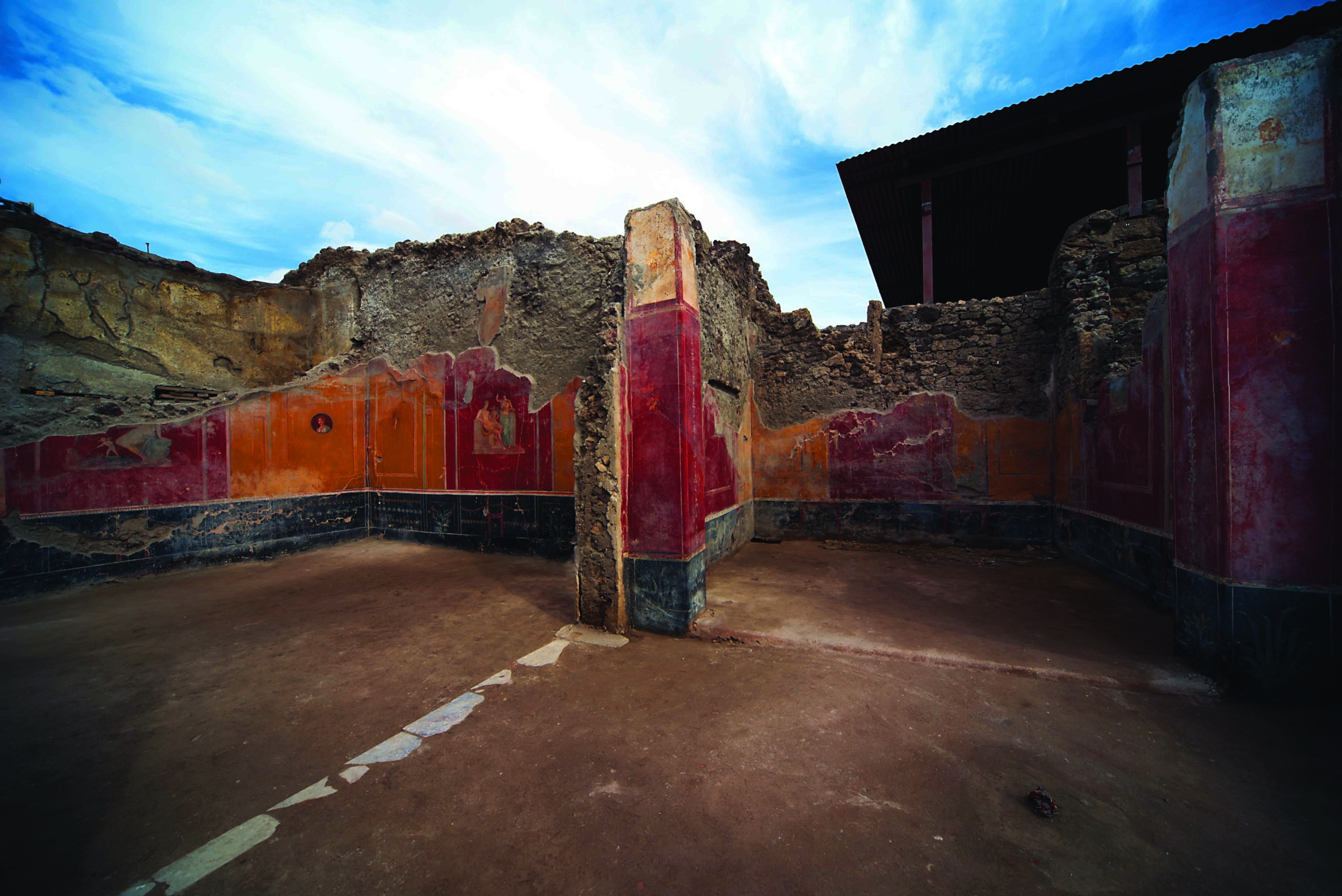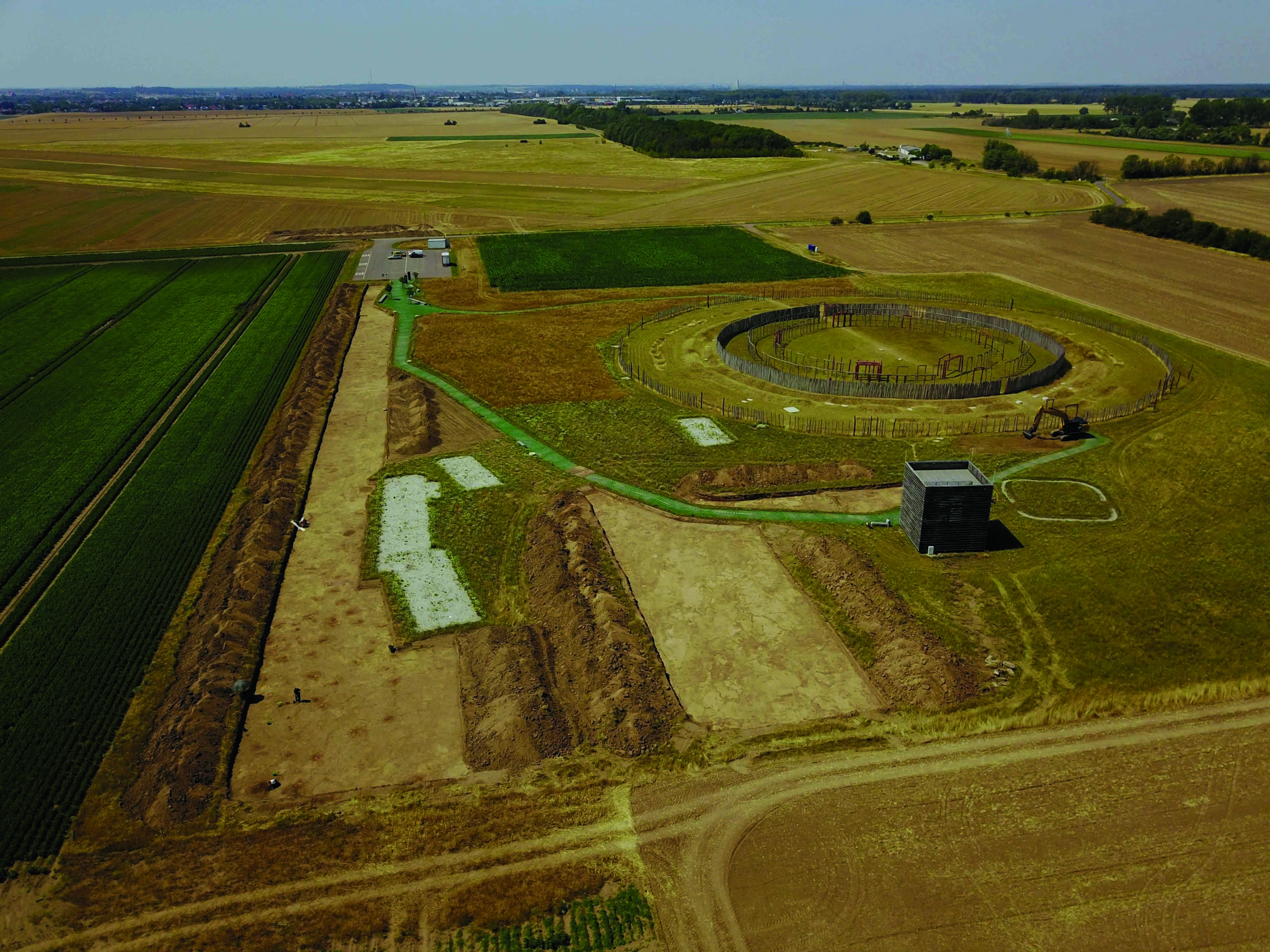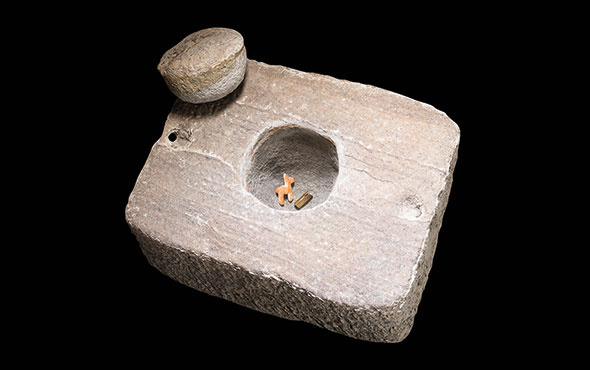
SYDNEY, AUSTRALIA—According to a Science News report, Karin Sowada of Macquarie University and her colleagues conducted a CT scan of an Egyptian mummy that was purchased by a collector in the mid-nineteenth century and that has been dated to about 1200 B.C. The scan detected a layer of mud between the unidentified mummy’s layers of linen wrappings. The mud layer on the mummy’s legs measures about one inch thick, while the mud layer at the head is less than one-tenth of an inch thick. Analysis of mud flakes collected from the mummy’s head area suggest it had been covered with a white pigment and red mineral paint. Researchers surmise the mud may have been used to repair damage to the body inflicted by tomb robbers, or it may have been intended to mimic the resin coatings placed on royal mummies of the time period. “Status in Egyptian society was in large part measured by proximity to the king,” Sowada explained. Read the original scholarly article about this research in PLOS ONE. To read more about what mummy CT scans can reveal, go to "Heart Attack of the Mummies."


